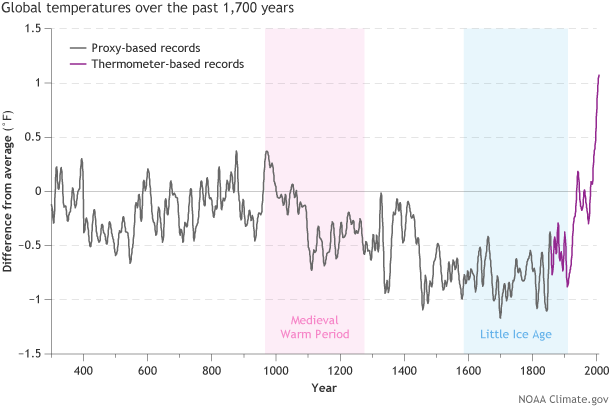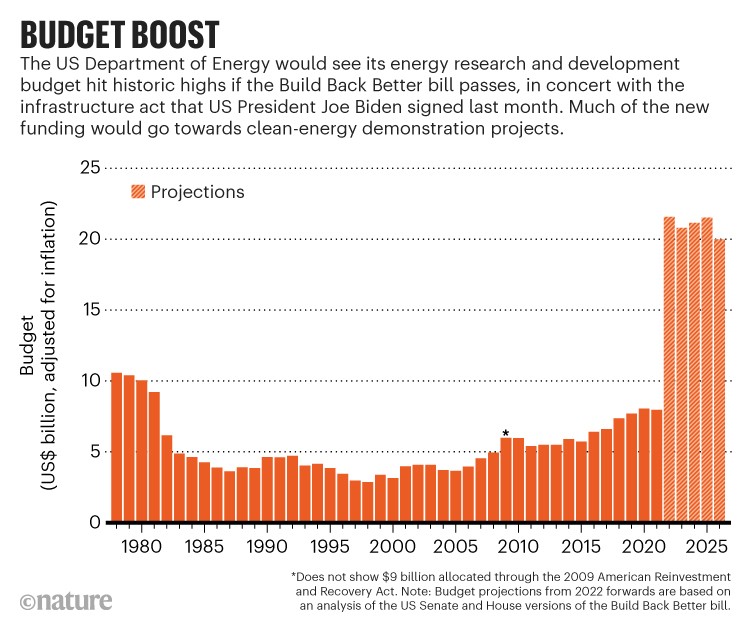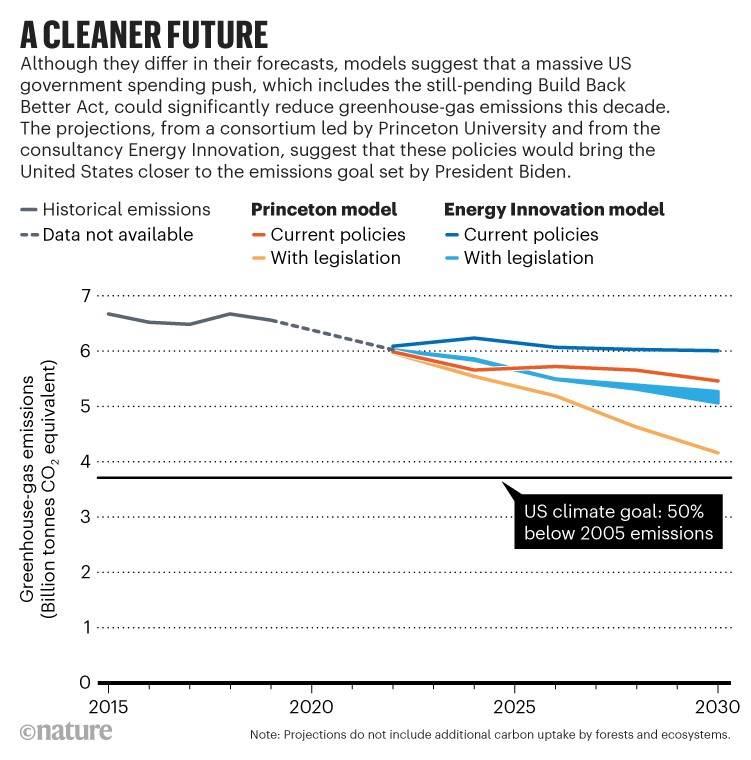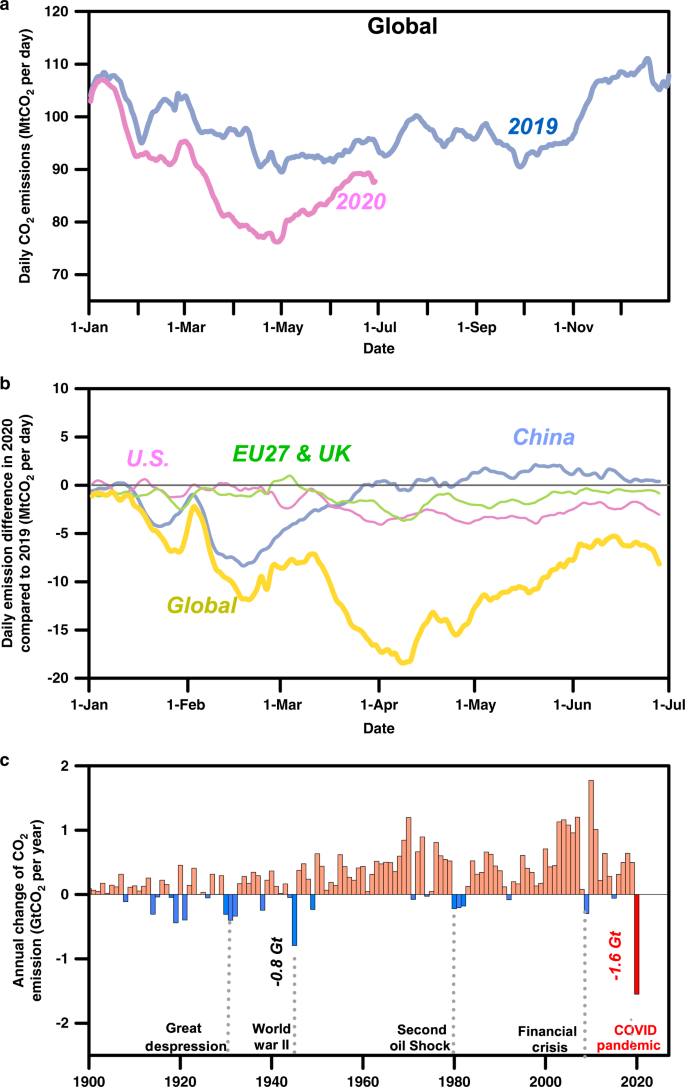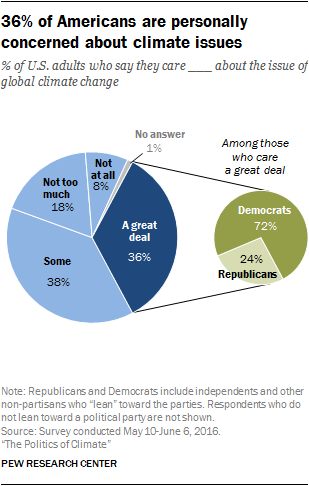As a meteorology major, Monday’s freak snowstorm was a big deal. I’m a member of the Penn State Storm Chase Team, whose large GroupMe chat was remarkably active all day and throughout the weekend leading up to the severe weather event. All of my friends always ask me for my input when they start to hear buzz about an incoming storm. With an event as unexpected as this one, I completely understand why it was such a hot topic on social media. However, I saw a number of people bring up the “global warming isn’t real if there is snow in April” argument, which gave me the idea for this blogpost.
While the effects of climate change used to be referred to almost exclusively as “global warming,” the phrase “climate change” has generally replaced it as a more accurate way to describe the widespread effects of unsustainable levels of human emissions. When scientists use the phrase “global warming” they are typically referring to human-induced global warming as opposed to the natural warming of the planet. This warming comes from a rapid increase in the amount of greenhouse gas in the atmosphere, like carbon dioxide from the burning of coal, oil, and gas. Global warming in itself refers to the rise in the average global temperature, while climate change is a more all-encompassing way of referring to the resulting effects of this warming.
Along with this distinction is also the difference between weather and climate. While weather is the short term atmospheric conditions that are taking place at any given time, climate is the overall patterns of this weather, including temperature, humidity, precipitation, etc. over longer periods of time like years or decades. While weather is extremely variable and has numerous factors that effect it, climate is much more predictable and constant. This makes it easy to track variability in climate and see it change over time. This is the case with climate change throughout the twenty-first century, because the temperature can be see increasing at much higher rates than it should be expected to. While climate naturally fluxuates over time, it does so gradually and with a certain pattern–recent trends have not lined up with these patterns at all and make it abundantly clear that it is the fault of human emission levels. The current increase in temperature is faster than any interglacial warm periods over the last million years, and the warming period aligns with the evolution of human agriculture and manufacturing.
Another aspect of climate change is its widespread effects on weather, making severe weather events more frequent and more severe than ever before. This means that there are record temperatures of both high and low temperatures, along with freak heatwaves and freak snowstorms. There are more frequent and intense tropical storms and hurricanes, along with increased numbers of both floods and droughts. This means that an unprecedented snowstorm in April does not mean that global warming or climate change are not real–if anything, it helps to prove their existence.

